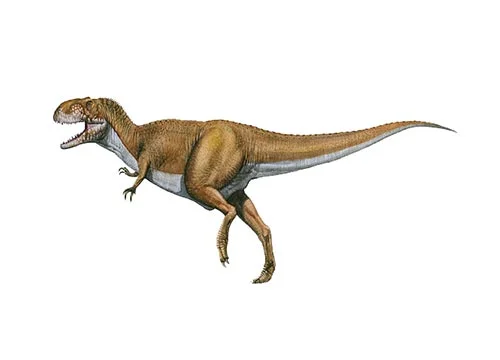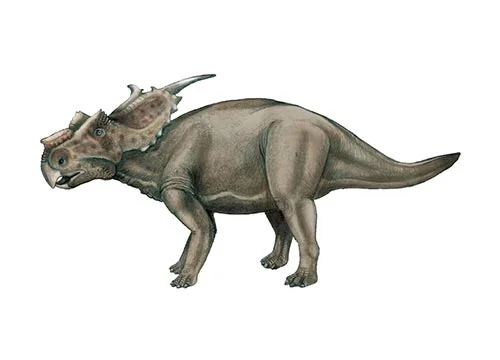Archaeornithomimus (Ancient bird mimic)

Ar-kay-oh-or-mif-oh-mime-us
Dale Russel - 1972
Carnivore / Maybe Omnivore
Estimated 3 – 3.5 meters long
Small Theropod
A. asiaticus (type)
Mongolia, China, Uzbekistan
Late Cretaceous, 95-70 million years ago
Archaeornithomimus Facts
Archaeornithomimus is a genus of ornithomimid dinosaurs that lived during the Late Cretaceous period, approximately 80 to 70 million years ago. The genus contains a single species, Archaeornithomimus asiaticus, which was first discovered in the Upper Cretaceous rocks of Inner Mongolia, China.
Archaeornithomimus was a bipedal dinosaur that is estimated to have measured about 4 to 5 meters in length and weighed between 150 to 200 kilograms. Despite its large size, it was a fast and agile runner, and its long legs and arms suggest that it was adapted for speed.
In terms of anatomy, Archaeornithomimus had a long, toothless beak, similar to that of a modern bird, and long, slender arms that ended in hand-like structures with long fingers. These adaptations, combined with its lightweight and agile body, suggest that Archaeornithomimus was a specialized feeder that fed on small insects, plants, and other small prey.
Archaeornithomimus is a significant dinosaur genus for several reasons. Firstly, it is a member of the ornithomimid family, which includes other fast and agile dinosaurs such as Struthiomimus and Ornithomimus. Secondly, its unique anatomy provides important insights into the ecology and feeding behavior of ornithomimid dinosaurs. Finally, the presence of Archaeornithomimus in Inner Mongolia highlights the importance of this region for the study of dinosaur evolution and diversity during the Late Cretaceous period.
In conclusion, Archaeornithomimus is a fascinating dinosaur species that provides valuable insights into the ecology and feeding behavior of ornithomimid dinosaurs and the fauna of the Late Cretaceous period in Asia. I hope this brief overview has sparked your interest in this amazing dinosaur genus, and I encourage you to learn more about its discovery, anatomy, and significance.



